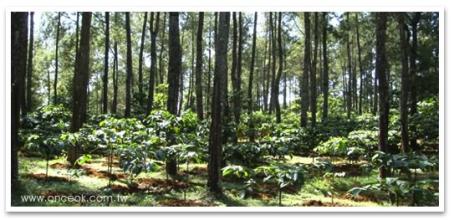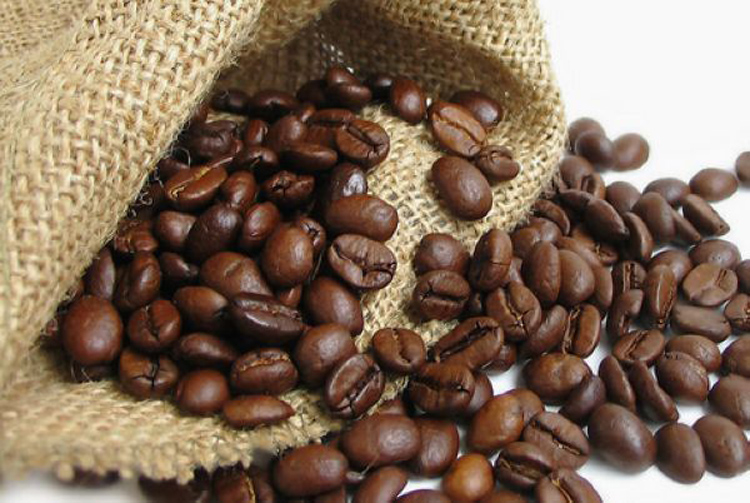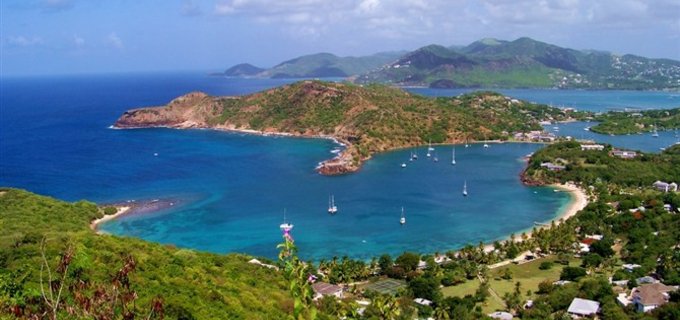Iron pickup or bourbon in Tarazhu, Costa Rica? Iron pickup coffee beans
Iron pickup "Typica" iron pickup, the name sounds very majestic, but in fact it is not so strong... its constitution is weak, disease resistance is poor, easy to catch rust leaf disease, fruit yield is also small. It is one of Ethiopia's oldest native varieties, and many Arabica are derived from iron pickups!
Iron pickup top leaves for bronze is one of the characteristics, bean larger, into a sharp oval or thin pointed shape. We are familiar with, such as thunder, such as Mantenin, Blue Mountain, Elephant Bean, Kona, Yunnan Small Round Bean... and so on. They are all derivatives of iron pickups.
Bourbon Bourbon is an ancient fine variety that is juxtaposed with iron pickups, and some botanists believe that Bourbon is a variant of early iron pickups transplanted to Yemen.
Bourbon is almost entirely round beans, a little smaller than iron pickup, ripening later, but yielding 30% more than iron pickup. It is suitable for growing at altitudes above 1200 meters, and the flavor is obviously more prominent than that below 1000 meters. However, Bourbon has a disadvantage that it ends up resting for a year. Round bourbon is vigorous, resistant to rust leaf disease is better than iron pickup, but the flavor is not inferior to it, or even better.
In 1810, Bourbon Island's round beans were partially mutated into pointed beans. This is the famous "pointed bourbon". Its characteristics are that the caffeine content is only half, the output is small, and the constitution is weak. It is extremely rare, just like a weak aristocratic youth.
In addition, the biggest common point between iron pickup truck and bourbon is that they both need shade tree protection. If there is no shade tree to help them block the sun, it will not only be detrimental to their growth, but also greatly reduce the flavor of coffee beans produced.
Costa Rica San Román Processing Plant Royal Coffee
CostaRicaSanRamonRoyalCoffee
Country: Costa Rica Fiscal year: 2003
Grade: SHB
Altitude: 1700M
Production area: Tarazhu production area
Baking Degree: Medium Deep Baking
Treatment method: washing treatment
Breeds: Kadura, Kaduai
Treatment plant: San Romain Treatment Plant
Flavor: Berry fruity, caramel, creamy, slightly spicy
Costa Rica's best coffee seems to come from small processing plants, spread over several major coffee growing regions, including Tara Pearl and Western Valley. The so-called coffee revolution, which began 15 years ago, has dramatically changed the way roasting experts and importers think about Costa Rican coffee. Centered in the processing plant, coffee beans are collected from small farms around, mostly small communities or families, growing coffee on their own small farms or on land, all of which are processed and dried in a small processing plant. Royal Coffee is unique in its quality and flavor, thanks in large part to the cooperation between coffee producers and us. San Romain treatment plant, the use of washing treatment method based on a strong taste. Coffee cherries are hand-selected, coffee farmers remove overripe or immature cherries, and then production processing, using 3discaagaarde peeling machine to remove the peel and pulp, and then using the machine to divide the coffee beans into three grades according to the density of the beans. Grade 1 and 2 green beans are fermented separately, while grade 3 is the low quality green beans. Fermented in the shade for about 24~36 hours, washed after fermentation, graded according to density again in the washing channel, and then soaked in water overnight. The processed coffee is roasted and has a bitter sweet chocolate flavor with a creamy sweet texture, combined with a low profile wine acidity, a strong aroma and a memorable fruit sweetness of chocolate beans.

Important Notice :
前街咖啡 FrontStreet Coffee has moved to new addredd:
FrontStreet Coffee Address: 315,Donghua East Road,GuangZhou
Tel:020 38364473
- Prev

Is Saint Roman in Tarazu, Costa Rica, a Robsta species or an Arabica species? Coffee
Global coffee bean tree species are mainly divided into: Arabica and Canephora, of which Arabica coffee beans account for more than 100 coffee varieties of 70%80%coffee. The more common coffee varieties are: Arabica Arabica, with outstanding personality and unique flavor, is the main force of boutique coffee, mainly used in coffee shop management and high-end coffee market supply; Robsta
- Next

Columbia Colombia Millennium Village is a kind of robusta or arabica ah? Coffee beans
The global coffee bean species are mainly divided into: Arabica (Arabica) and Robusta (Canephora), of which Arabica coffee beans account for about 70%80%coffee has more than 100 coffee varieties, more common coffee are: Arabica Arabica, outstanding personality, unique flavor, is the main boutique coffee, mainly used for coffee shop operations and high-end coffee market supply; Robusta
Related
- Does Rose Summer choose Blue, Green or Red? Detailed explanation of Rose Summer Coffee plots and Classification in Panamanian Jade Manor
- What is the difference between the origin, producing area, processing plant, cooperative and manor of coffee beans?
- How fine does the espresso powder fit? how to grind the espresso?
- Sca coffee roasting degree color card coffee roasting degree 8 roasting color values what do you mean?
- The practice of lattes: how to make lattes at home
- Introduction to Indonesian Fine Coffee beans-- Java Coffee producing area of Indonesian Arabica Coffee
- How much will the flavor of light and medium roasted rose summer be expressed? What baking level is rose summer suitable for?
- Introduction to the characteristics of washing, sun-drying or wet-planing coffee commonly used in Mantenin, Indonesia
- Price characteristics of Arabica Coffee Bean Starbucks introduction to Manning Coffee Bean Taste producing area Variety Manor
- What is the authentic Yega flavor? What are the flavor characteristics of the really excellent Yejasuffi coffee beans?

